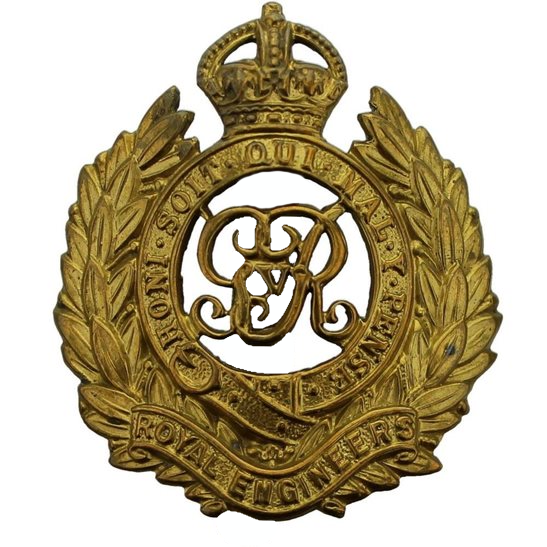Personal Details
Born: 27 September 1880 in Whitchurch, Shropshire and baptised 7 October the same year in Whitchurch Methodist church.
Family: He was the second of six children born to Thomas Malam, a bricklayer’s labourer, and his wife Caroline. He married Annie Edge on 2 September 1903 in Marbury parish church and together they had three children – Ethel, Alice and Wilfred.
Residence: In 1881 he lived in Bark Hill, Whitchurch; by 1901 he had moved to Mill Street, Whitchurch and by 1911 to 34 Odd Fellows Cottages, Whitchurch. His address on his attestation in 1915 was 11 Charles Street, Crewe, Cheshire where he was still living in 1939; when he died he was living at 113 Badger Avenue, Crewe.
Employment: He was a bricklayer in 1901, in 1911 and in 1939.
Died: 27 January 1964 in Cheshire.
Military Details
Regiment: Royal Engineers
Rank: Sapper
Service Number: 54623, formerly 542322 and 305493
Date of Enlistment: 15 September 1916
Date of Discharge: 24 February 1919
Reason for Discharge: Demobilisation
Other Information: Brother of Frank Malam who also served in WW1.
John was awarded the Campaign Medals (British War Medal, and Victory Medal).

The British War Medal (also known as 'Squeak') was a silver or bronze medal awarded to officers and men of the British and Imperial Forces who either entered a theatre of war or entered service overseas between 5th August 1914 and 11th November 1918 inclusive. This was later extended to services in Russia, Siberia and some other areas in 1919 and 1920. Approximately 6.5 million British War Medals were issued. Approximately 6.4 million of these were the silver versions of this medal. Around 110,000 of a bronze version were issued mainly to Chinese, Maltese and Indian Labour Corps. The front (obv or obverse) of the medal depicts the head of George V. The recipient's service number, rank, name and unit was impressed on the rim.
The Allied Victory Medal (also known as 'Wilfred') was issued by each of the allies. It was decided that each of the allies should each issue their own bronze victory medal with a similar design, similar equivalent wording and identical ribbon. The British medal was designed by W. McMillan. The front depicts a winged classical figure representing victory. Approximately 5.7 million victory medals were issued. Interestingly, eligibility for this medal was more restrictive and not everyone who received the British War Medal ('Squeak') also received the Victory Medal ('Wilfred'). However, in general, all recipients of 'Wilfred' also received 'Squeak' and all recipients of The 1914 Star or The 1914/1915 Star (also known as 'Pip') also received both 'Squeak' and 'Wilfred'. The recipient's service number, rank, name and unit was impressed on the rim.

